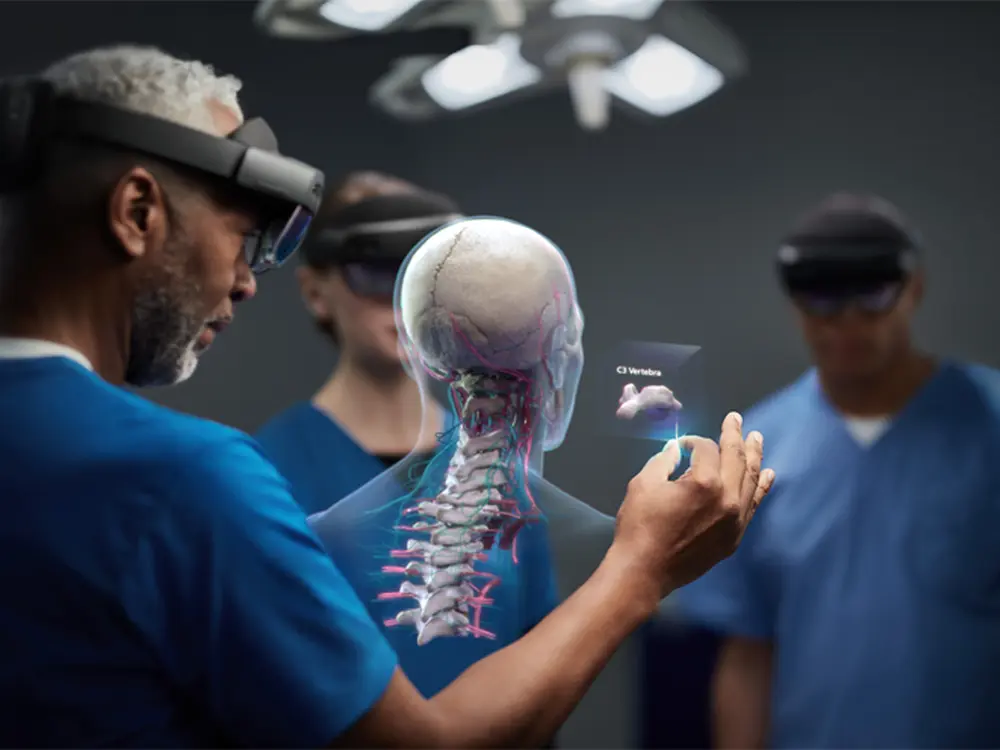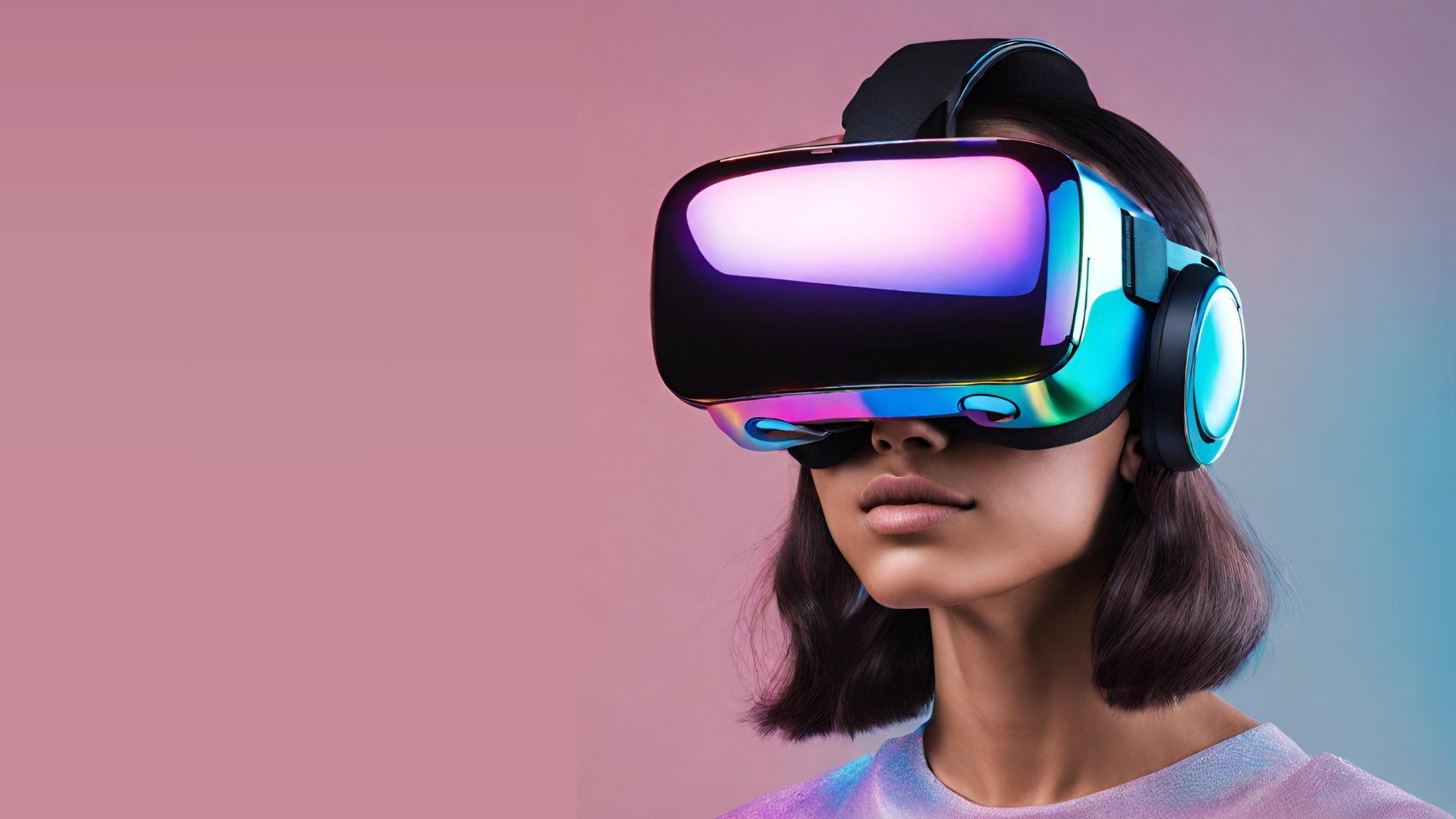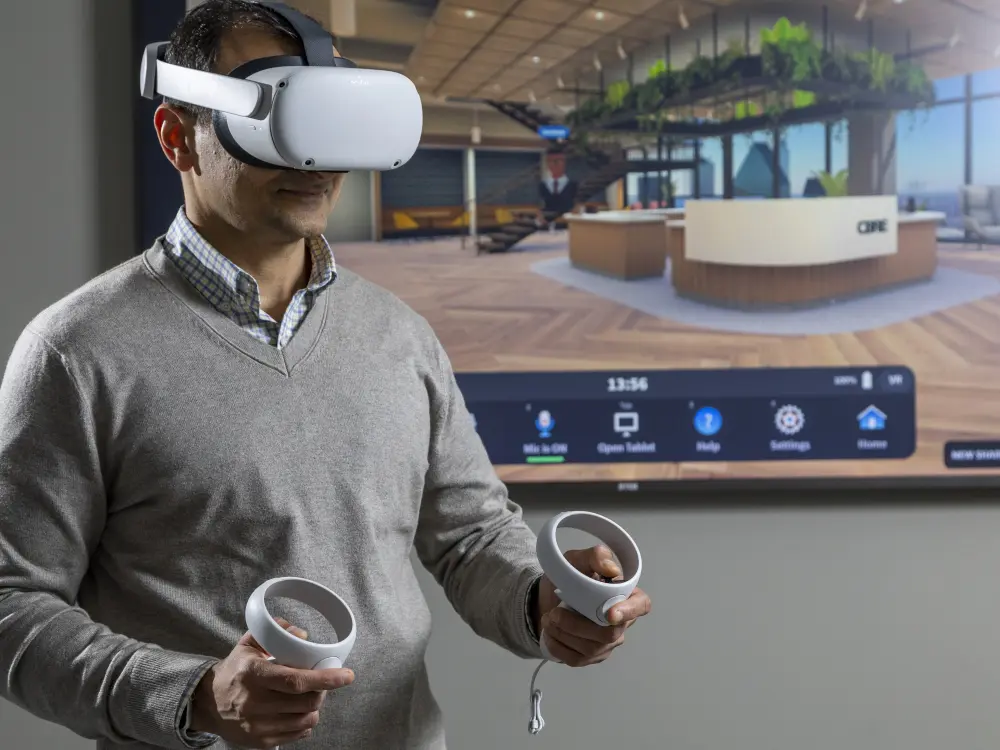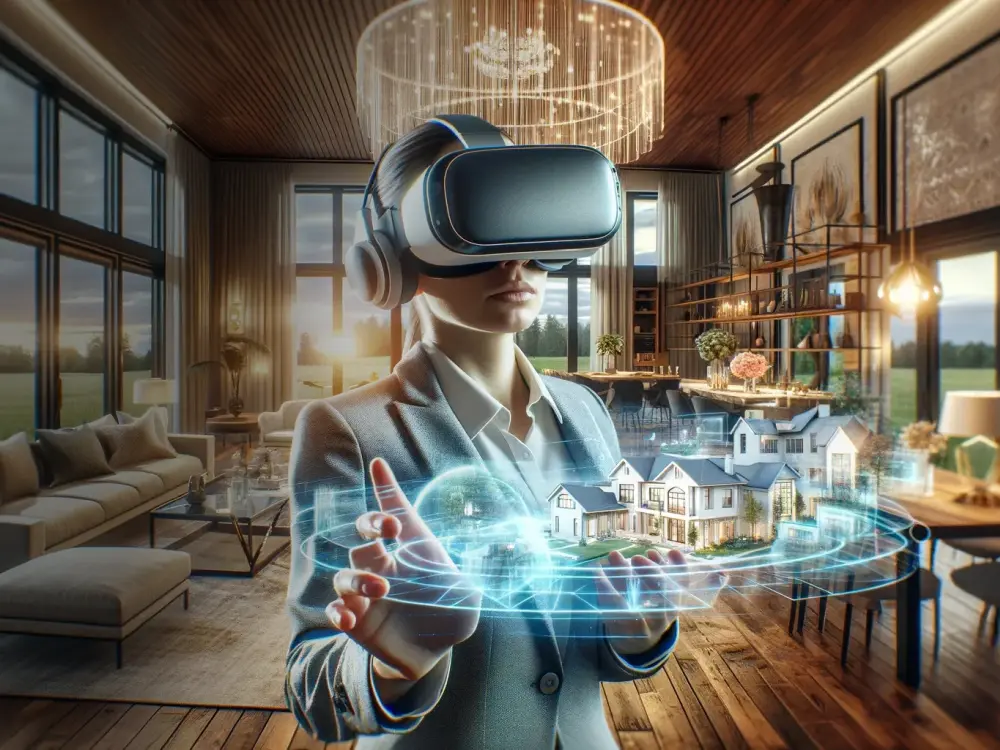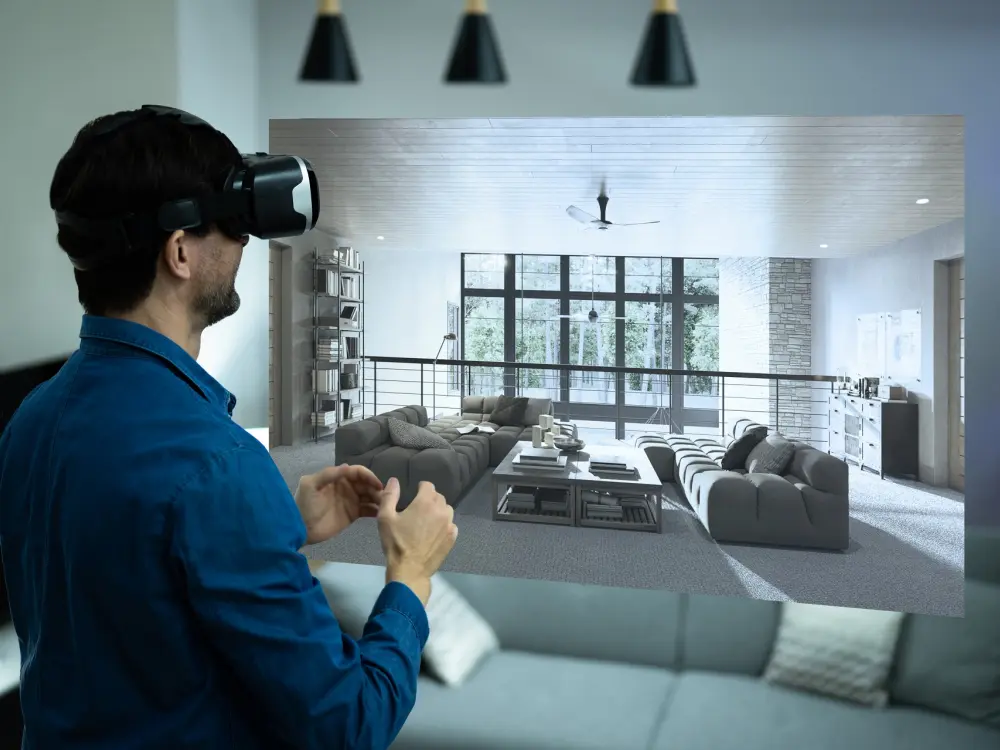In the fast-paced world of healthcare, innovation is paramount, driving advancements in patient care, medical education, and research. Among the most groundbreaking technologies reshaping the medical landscape, 3D virtual technology emerges as a game-changer, offering unprecedented opportunities to enhance diagnosis, treatment, and training. In this blog post, we delve into the transformative impact of 3D virtual technology in the medical sector, exploring its applications, benefits, and implications for the future of healthcare.
Visualizing Anatomy:
One of the most significant advantages of 3D virtual technology in healthcare is its ability to provide detailed, three-dimensional visualizations of anatomical structures. From complex organ systems to microscopic tissues, medical professionals can explore the human body in unprecedented detail, gaining insights that were previously inaccessible through traditional two-dimensional imaging techniques. Whether diagnosing diseases, planning surgical procedures, or educating patients, 3D virtual anatomy models serve as invaluable tools for enhancing medical understanding and communication.
Personalized Treatment Planning:
In addition to visualizing anatomy, 3D virtual technology enables personalized treatment planning, allowing healthcare providers to tailor interventions to individual patient needs. By reconstructing patient-specific anatomical models from medical imaging data, such as CT scans or MRI images, clinicians can simulate surgical procedures, plan optimal implant placement, and anticipate potential complications with remarkable precision. This personalized approach not only improves treatment outcomes but also reduces the risk of adverse events, ultimately enhancing patient safety and satisfaction.
Medical Education and Training:
Beyond clinical practice, 3D virtual technology revolutionizes medical education and training, providing immersive learning experiences that bridge the gap between theory and practice. Medical students can interact with realistic anatomical models, simulate surgical procedures, and participate in virtual patient encounters, gaining hands-on experience in a safe and controlled environment. Moreover, virtual reality simulations offer opportunities for repeated practice and feedback, accelerating skill acquisition and competency development among healthcare professionals.
Patient Engagement and Education:
In an era of patient-centered care, 3D virtual technology plays a crucial role in engaging and educating patients about their health conditions and treatment options. Through interactive anatomical models and virtual reality experiences, patients can visualize their medical conditions, understand treatment plans, and make informed decisions about their care. Moreover, immersive educational materials empower patients to take an active role in managing their health, leading to improved adherence to treatment regimens and better health outcomes.
Surgical Planning and Simulation:
In the field of surgery, 3D virtual technology offers invaluable support for preoperative planning and intraoperative guidance, improving surgical precision and patient outcomes. Surgeons can use virtual reality simulations to rehearse complex procedures, anticipate anatomical variations, and develop optimal surgical strategies before entering the operating room. Additionally, augmented reality overlays provide real-time guidance and visualization during surgery, enhancing accuracy and reducing the risk of complications.
Research and Innovation:
Beyond clinical practice and education, 3D virtual technology fuels innovation and research in the medical field, driving advancements in diagnostics, therapeutics, and medical device development. Researchers can use virtual models to study disease mechanisms, test novel treatment modalities, and explore new avenues for intervention. Moreover, collaborative virtual environments facilitate interdisciplinary collaboration and knowledge sharing, accelerating the pace of discovery and translation from bench to bedside.
Challenges and Considerations:
While the potential of 3D virtual technology in the medical sector is vast, its widespread adoption is not without challenges. Technical barriers, such as data interoperability and computational resources, may limit the scalability and accessibility of 3D virtual applications. Moreover, concerns surrounding data privacy, security, and regulatory compliance must be addressed to ensure the ethical and responsible use of virtual technology in healthcare. However, with continued innovation and collaboration, these challenges can be overcome, unlocking the full potential of 3D virtual technology to transform the future of healthcare.
Looking Ahead:
As we stand on the brink of a new era in healthcare, the transformative power of 3D virtual technology holds immense promise for improving patient care, advancing medical education, and driving innovation. By embracing virtual technology and harnessing its potential, we can revolutionize the way we diagnose, treat, and prevent disease, ultimately leading to better health outcomes and a brighter future for all. So let us embark on this journey together, as we leverage the transformative power of 3D virtual technology to shape the future of healthcare.

